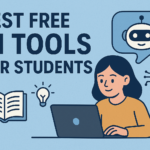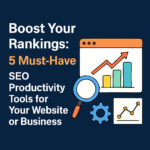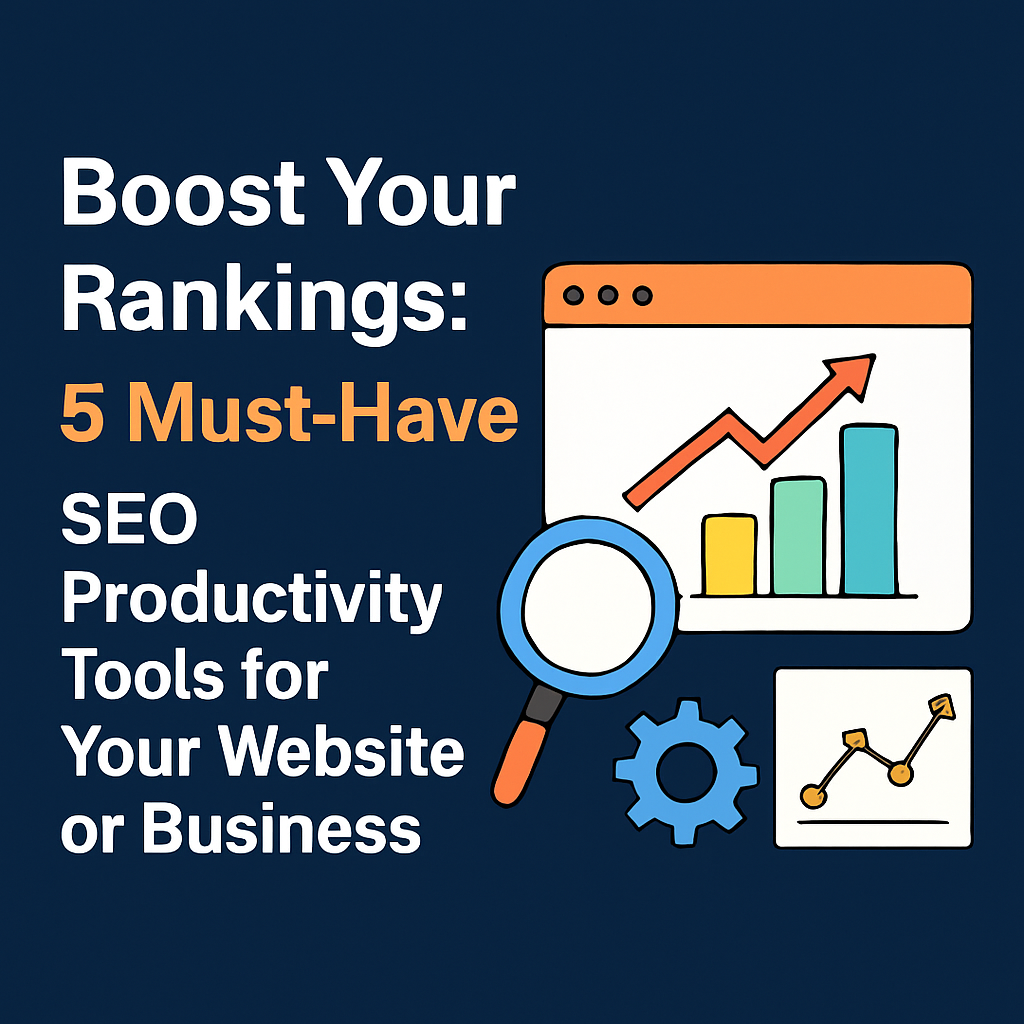Google’s commitment to delivering high-quality, user-centric content remains steadfast in the ever-evolving digital landscape. As artificial intelligence (AI) becomes more prevalent in content creation, Google has intensified its efforts to ensure that AI-generated material aligns with its standards for helpfulness and reliability.
This article delves into the reasons behind Google’s scrutiny of AI-generated content and offers guidance on producing content that meets Google’s criteria. Let’s understand why Google is cracking down the AI content.
Understanding Google’s Content Quality Standards on AI
Google’s primary objective is to provide users with valuable and trustworthy information. To achieve this, the company emphasizes the importance of content that demonstrates Expertise, Experience, Authoritativeness, and Trustworthiness (E-E-A-T).
These principles are central to Google’s evaluation of content quality. The focus is on the substance and usefulness of the content, regardless of whether it is human-written or AI-generated.
The Rise of AI-Generated Content on Google
The advent of AI tools has revolutionized content creation, enabling the rapid production of articles, blogs, and other written materials. While these tools offer efficiency, they also present challenges, particularly when used to generate large volumes of content aimed solely at manipulating search rankings.
Such practices can lead to a proliferation of low-quality, unoriginal content that diminishes the user experience.
Google’s Stance on Cracking Down on AI-Generated Content
Google does not inherently oppose AI-generated content. The company’s policies focus on the quality and intent behind the content. Content that is mass-produced with the primary goal of gaming search rankings, whether created by humans or AI, is considered spam and violates Google’s guidelines.
Conversely, AI can be a valuable tool when used to enhance content quality, such as assisting non-native English speakers in creating content for their local business websites or helping content creators refine their work.
Read More: Hybrid and Work From Models For Individuals
The Crackdown on Low-Quality AI Content
To maintain the integrity of its search results, Google has strengthened its policies against the misuse of AI in content creation. The company targets practices like scaled content abuse, where large volumes of low-quality content are produced to manipulate search rankings. This approach ensures that users receive meaningful and reliable information, preserving trust in Google’s search results.
Best Practices for AI-Generated Content
For content creators utilizing AI tools, adhering to Google’s quality standards is crucial. This involves focusing on creating helpful, reliable, and people-first content. Google’s automated systems prioritize content that appears most helpful, regardless of whether it is AI-generated or human-written. Understanding and applying the principles of E-E-A-T can guide creators in producing content that meets these standards.
The Future of AI in Content Creation
As AI technology continues to evolve, its role in content creation is expected to grow. Google’s approach reflects a balance between embracing technological advancements and upholding content quality.
By setting clear guidelines and focusing on user-centric content, Google aims to foster an environment where AI-generated content can thrive without compromising the user experience.
Conclusion
Google’s thing for cracking down the AI-generated content stems from its dedication to providing users with high-quality, trustworthy information. By understanding and adhering to Google’s guidelines, content creators can effectively leverage AI tools to produce valuable content that aligns with both user expectations and search engine standards.
The key lies in prioritizing the creation of helpful, reliable, and people-first content, regardless of the tools used in its production.
FAQs on Google Cracking Down AI Content
- Does Google penalize all AI-generated content?
No, Google does not penalize AI-generated content as long as it meets the company’s quality guidelines. Content that is helpful, reliable and user-centric is evaluated based on its quality, not its method of creation.
- What is Google’s E-E-A-T principle, and how does it apply to AI-generated content?
E-E-A-T stands for Expertise, Experience, Authoritativeness, and Trustworthiness. These principles guide Google’s assessment of content quality. For AI-generated content, adhering to E-E-A-T ensures the material is informative, reliable, and valuable to users.
- What practices should content creators avoid when using AI tools?
Content creators should avoid using AI to mass-produce low-quality content intended to manipulate search rankings. Such practices violate Google’s guidelines and can lead to penalties. Instead, creators should focus on using AI to enhance content qu










One thought on “Why Google is Cracking Down the AI Content?”